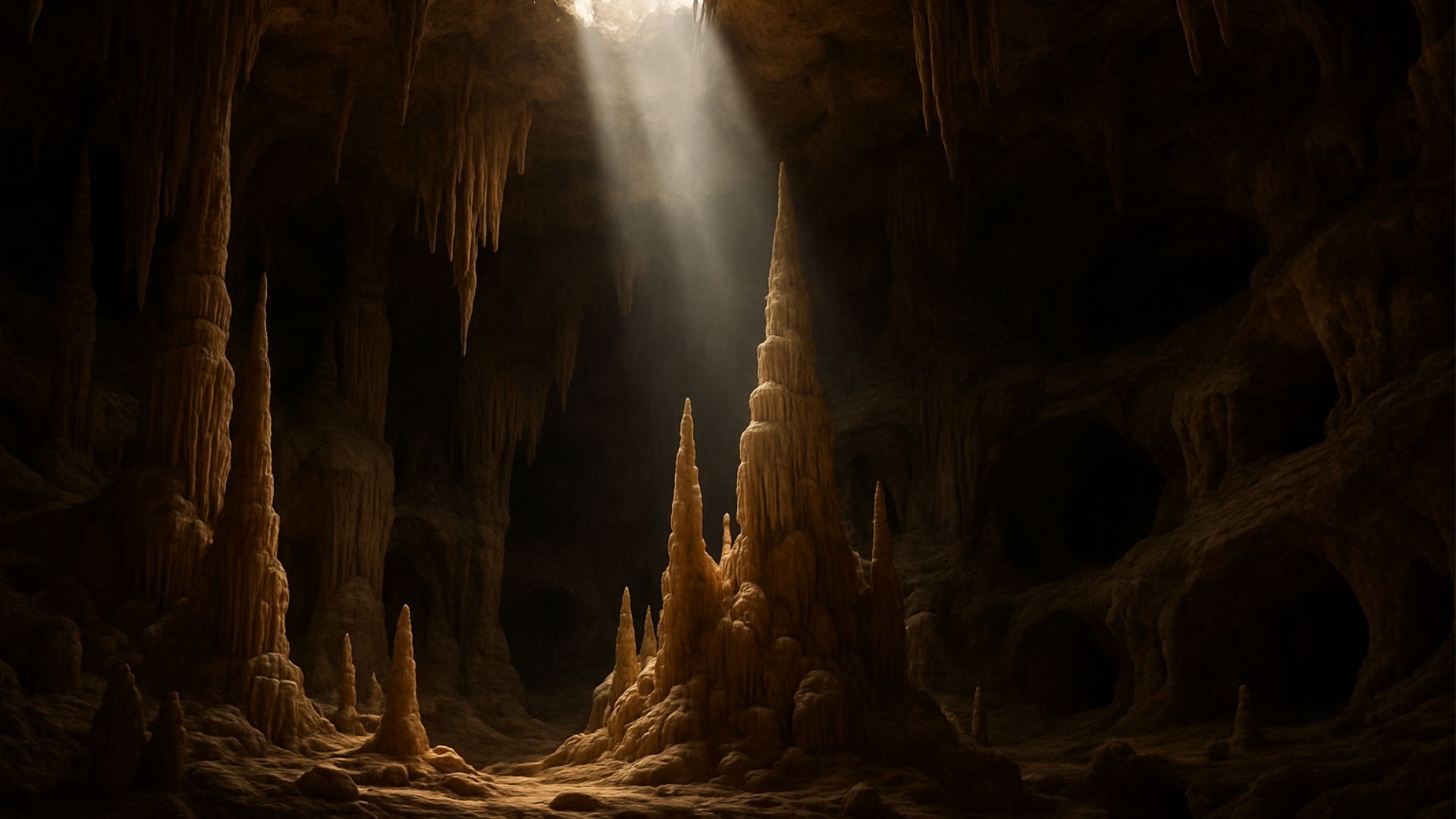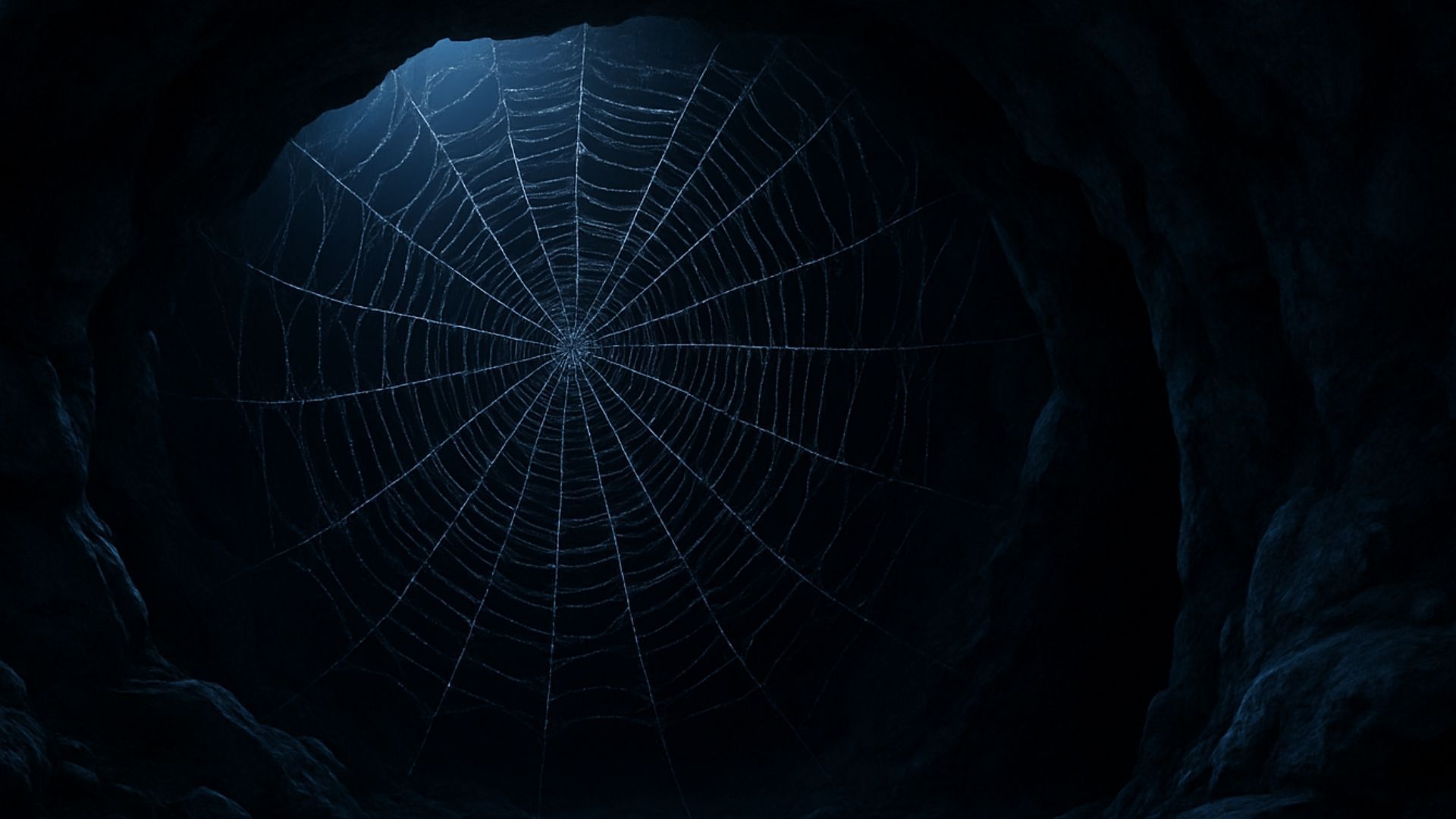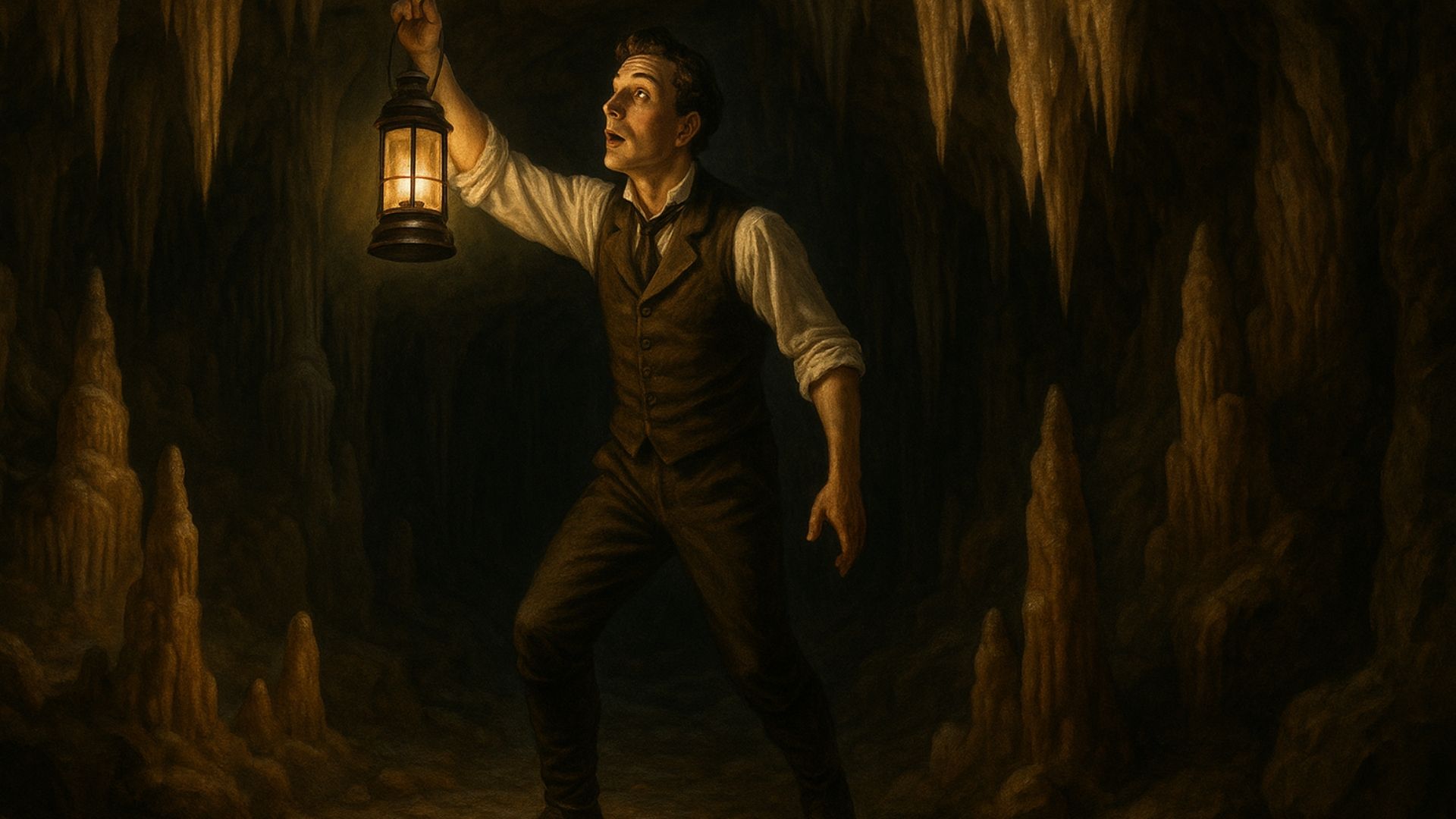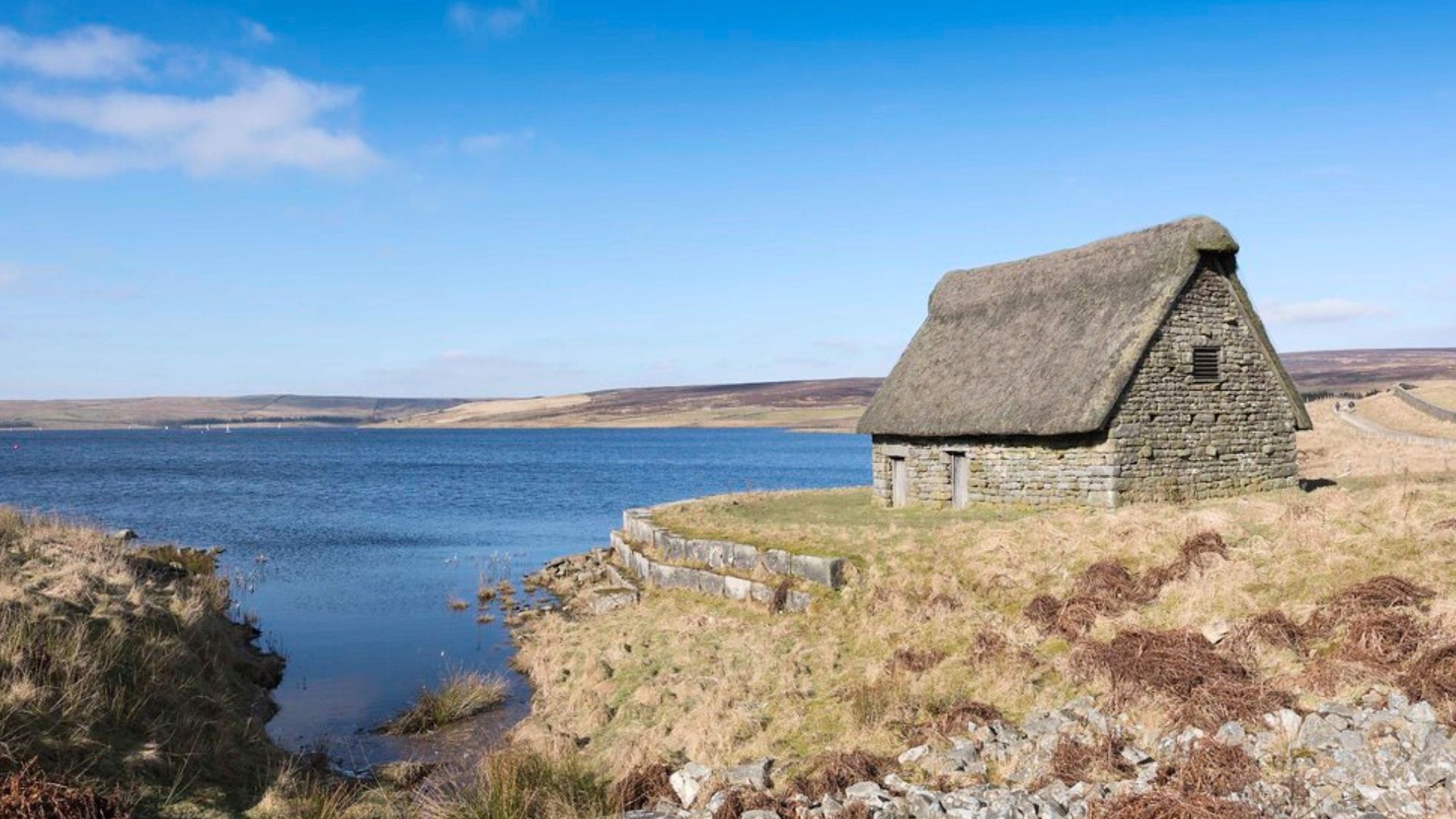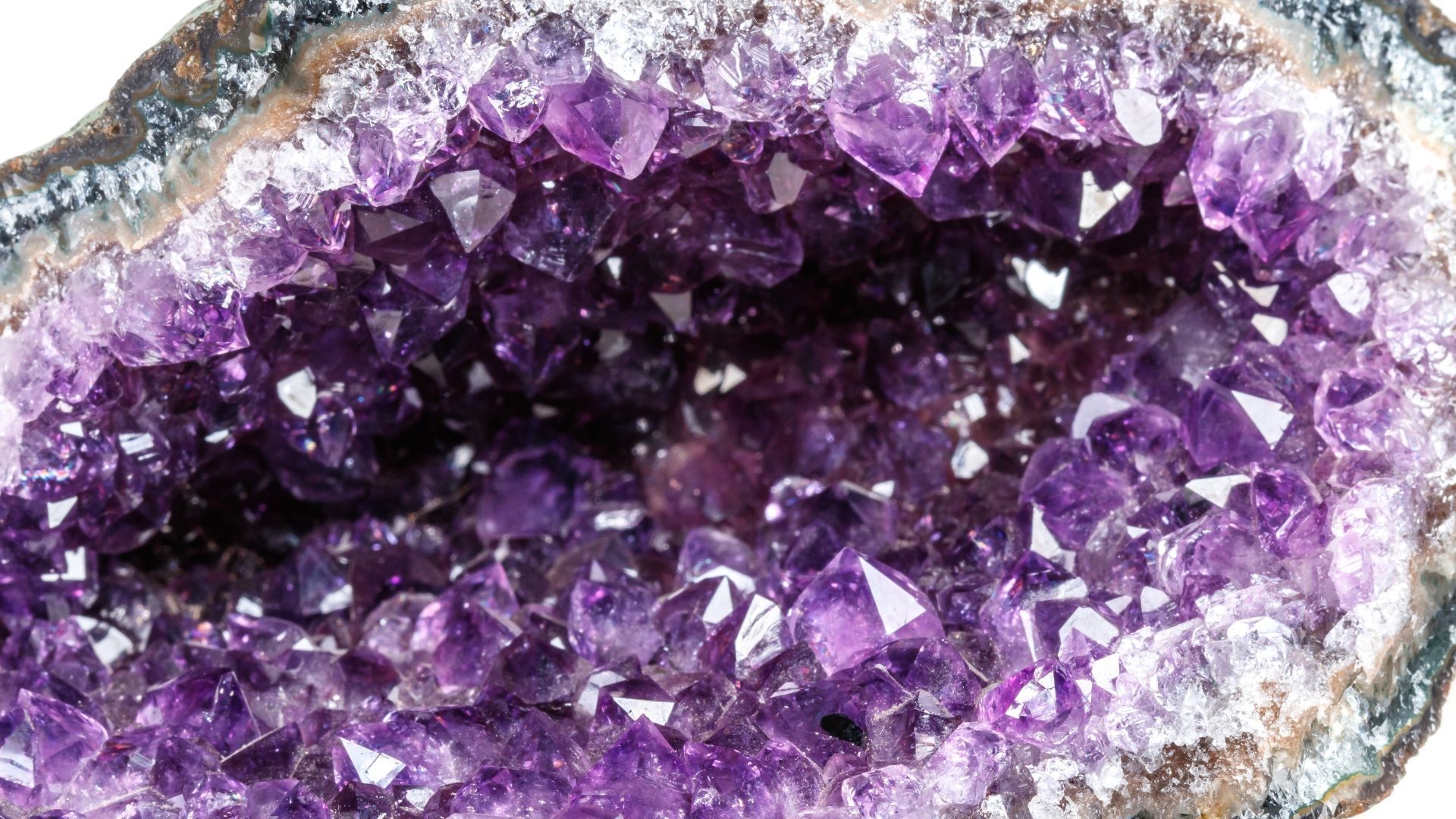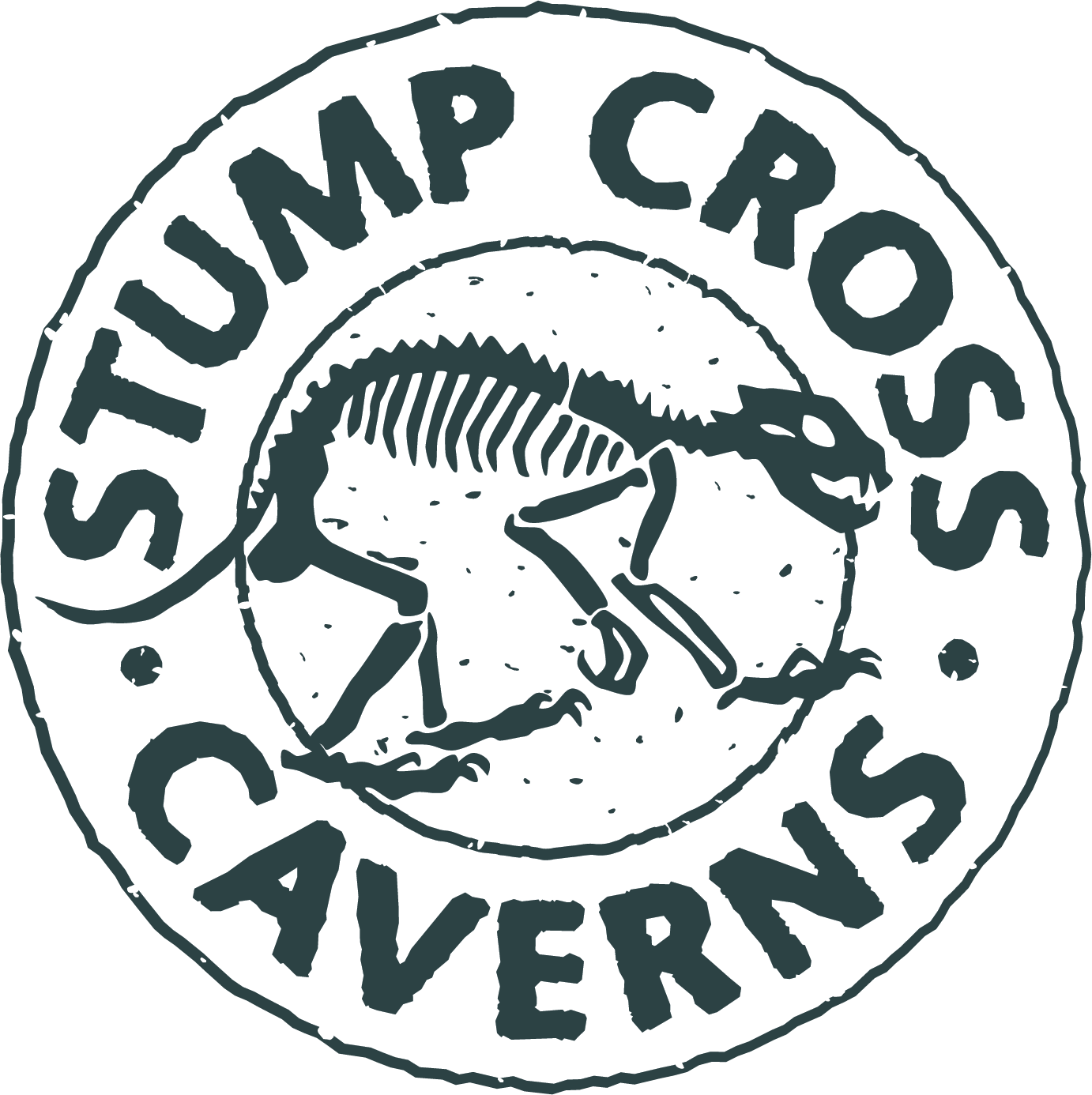Mary Anning had a huge influence on palaeontology – but for years it was ignored. Read her story.
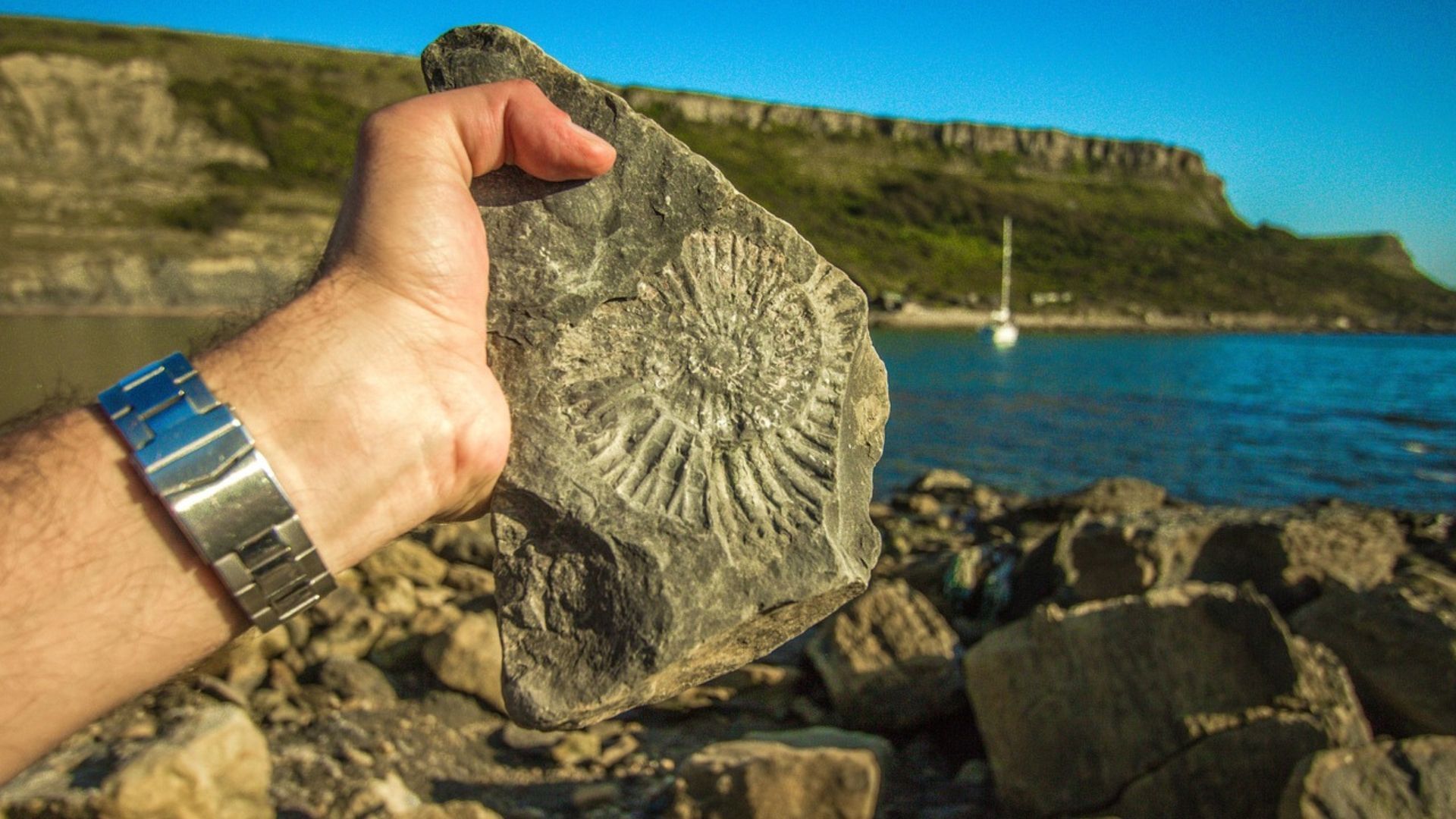
History, they say, is written by the victors – and it also tends to be written by men. Indeed, many remarkable contributions by women to science and the arts have never received their due, with credit being taken by male counterparts.
Until recently, this was the fate of Mary Anning, the woman who made a huge contribution to the study of dinosaurs. Today, however, her contribution has been recognised and she takes her place alongside male peers.
She was born in 1799 to a poor family of religious dissenters in Lyme Regis, Dorset, on the south coast of England.
This fossil-rich area of England is known as the "Jurassic Coast". To this day, people are digging up fossils. What's surprising is that a young girl like Mary Anning should get involved.
At the time, science, like much else, was the preserve of men, and many women couldn't read, let alone take an interest in geology. So why was Mary different?
Early years
Mary was one of 10 children. Of these, only she and her big brother Joseph made it to adulthood.
Aged one, she had a near-death experience at an outdoor horse show. Lightning struck, killing three women and appearing to kill Mary. But back home, she revived.
Her biographer, George Roberts, suggests that this may have been a life-changing experience. He wrote: "Mary Anning was born a dull child but after the accident grew up lively and intelligent."
Whatever the truth of this statement, it's undeniable that Mary was a smart, energetic child. She loved to stroll along the beach and cliffs of Lyme Regis with her father, Richard. Dad was a cabinet maker who made a bit on the side by finding and selling fossils.
Mary loved the world of fossils and soon got involved – an unusual move for a girl in the early 19th century. Together, she and her father sold fossils to tourists at Richard's shop.
Mary's life has been made into a film (Ammonite) and a novel (Remarkable Creatures
by Tracy Chevalier). This is partly because of her contributions to palaeontology – but it's also because of a tragic event in her life that's ripe for dramatisation.

One night in 1810, her father fell off a cliff, sustaining injuries that eventually killed him. The family were saddled with debts and had no savings to draw on. What's more, their religious beliefs meant they were barred from certain professions. The options to make money were scant – so Mary dedicated herself to continuing her father's fossil business.
Discoveries
A year after her father's death, Mary's brother spotted a skull in the cliffs. Mary, now aged 12, managed to find and dig up the rest of the skeleton. It was an ichthyosaur: a five-metre-long prehistoric marine reptile that lived hundreds of millions of years ago. It was the first of its kind to be found.
Ten years later, she discovered the first plesiosaur skeleton. Male experts accused her of fakery – but in time, her discovery was recognised as the real thing.
Although her discovery was eventually accepted, it took much longer for her to get the credit she deserved. Her findings were too important to ignore – but the ingrained sexism of the day meant that it couldn't be credited either. After all, this was a time when women were barred from joining the Geological Society or even attending its meetings.
Her findings were described and discussed in lectures and scientific papers which failed to mention that she had discovered them. This depressed her. She wrote in a letter: "The world has used me so unkindly, I fear it has made me suspicious of everyone."
Even so, she continued her work and in 1828, she made another fascinating discovery: the first ever pterosaur. This was one of the first pieces of evidence that some dinosaurs could fly.
But that wasn't all. She also began the study of coprolites – lumps of fossilised faeces on prehistoric rocks.
Later life
Despite her valuable contributions to science, Mary's life was hard. She was sidelined by the community at Lyme Regis and continued to struggle with money.
In 1833, she very nearly died in a landslide that killed her beloved dog, Tray. She then grew sick with breast cancer, dying aged just 47 in 1846.
Posthumous reputation
Mary was virtually unknown in her lifetime – and those who knew her significance wouldn't credit her with it. It's only since her death that she's taken her place in the annals of science.
The Geological Society of London eventually made her an honorary member and celebrated her achievements.
The Natural History Museum in London now has a suite of rooms named after her. These showcase several of her discoveries including the ichthyosaur, plesiosaur and pterosaur.
In 2021, the Royal Mint issued 50 pence coins honouring Mary's legacy. They feature a representation of the ichthyosaur, designed by Robert Nicholls. Mary was also in the running for the £50 note but was pipped to the post by the influential computer scientist Alan Turing.
There's also a striking
statue of her (and Tray) in Lyme Regis. This was crowdfunded by Anya Pearson and her daughter Evie.
It all started when Evie, then a schoolgirl, asked her Mum why there was no memorial statue to Mary in Lyme Regis, given her scientific significance. This led them to raise funds together and eventually commission a bronze statue, made by sculptor Denise Dutton.
Evie told
The Guardian:
"I knew that one day it was going to happen, but obviously now that it's finally here I'm very happy and very proud about it." She believes that Mary "would be very pleased that she was finally getting the recognition that she deserves".
Are you looking for a memorable
family day out near Harrogate? It's easy to
book tickets for Stump Cross Caverns online.

